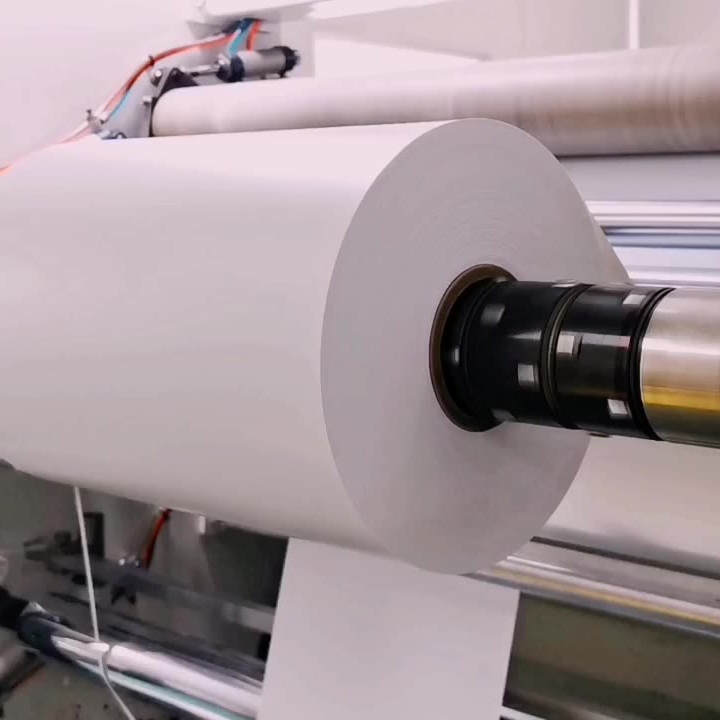1. Monomers and Polymers are calandering.
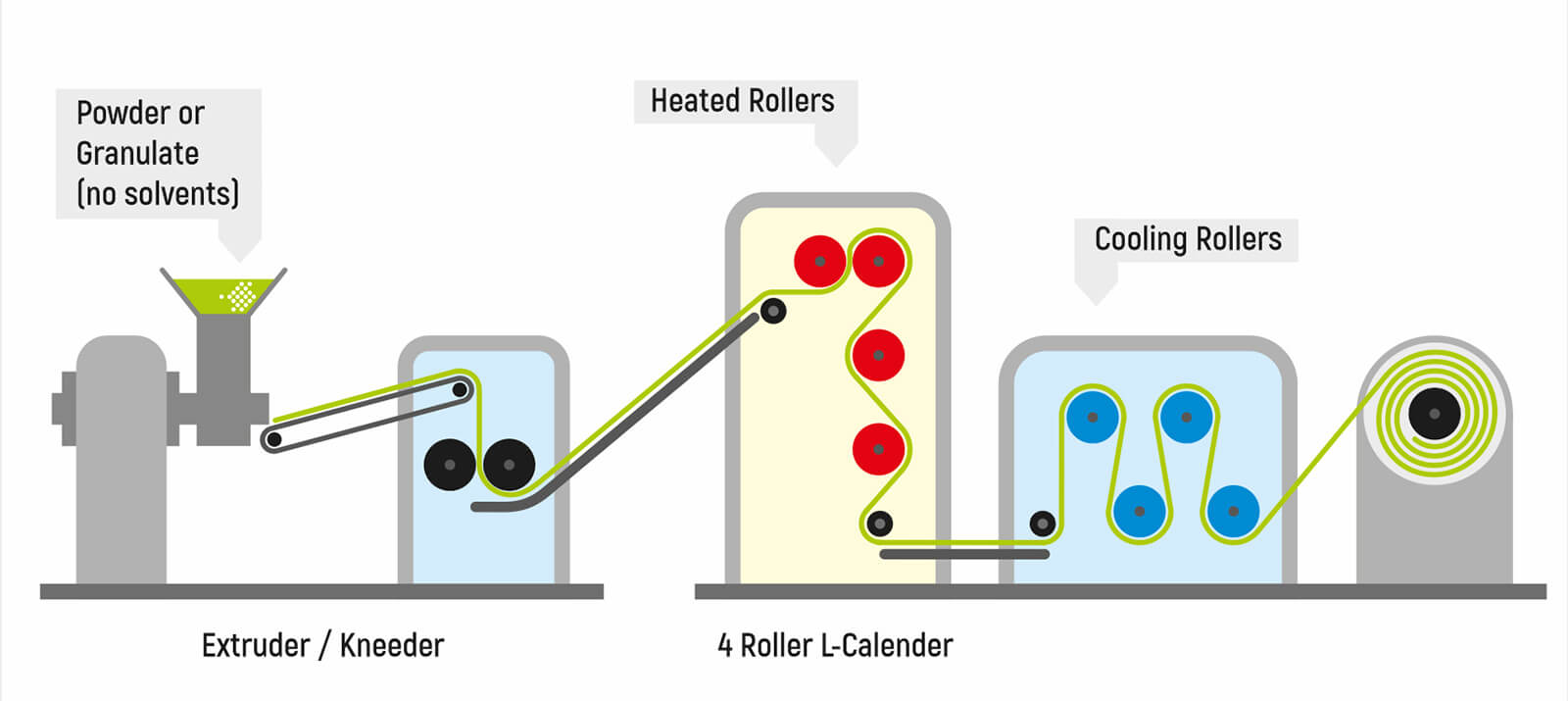
What does that mean? Calandering is a fast and cheap process. The PVC material has been melted and pressed with a series of rollers to form a sheet with the desired shape. Afterward, it cools and goes for applying the adhesive layer and the silicone release liner.
1.1 Disadvantage – The Shrinkage
When pressing the vinyl, rolls create internal tension. This tension is also known as a shrinkage or “the pizza effect”. Just as the pressed pizza dough begins to shrink when is leftover and tries to regain the shape from which it was pressed, so the vinyl tries to regain the original size from which it was pulled.
1.2 Applications of calendered vinyl
The monomeric or polymer vinyl is mainly suitable for creating ads and decorative applications on flat surfaces – glass partitions, signs, and others. Calendered monomers are mainly recommended for promotional and interior use. Their expiry date is one year. Typical for them is shrinkage, peeling, and splitting
The shrinkage in the monomeric vinyl makes an application in 3D surfaces difficult and even impossible. Calendered monomeric film can not be stretched but even if it is, very quickly restore its original shape and start to peel.
Calendered polymeric vinyl has a much longer life and with proper application, you can get a warranty of up to 5 years, and the durability extended to 10 years. Typical applications are all flat, illuminated, and non-illuminated signs, even car wrap, but only applied on flat details without 3D curves.
3M calendered polymers are hardened by temperature shock. The vinyl passes through several cold and hot ovens. This thermal shock shrinks the vinyl at the factory. Thus, the greatest shrinkage is already a fact and the effect of shrinking is minimal.
For this reason, calendered 3M polymeric vinyl performs successfully on deep 3D curves. Many applicators say that the 3M IJ40 and 3M Scotchcal 50 series work better compared to the cast films of some of the more budget-competing brands.
2. Cast
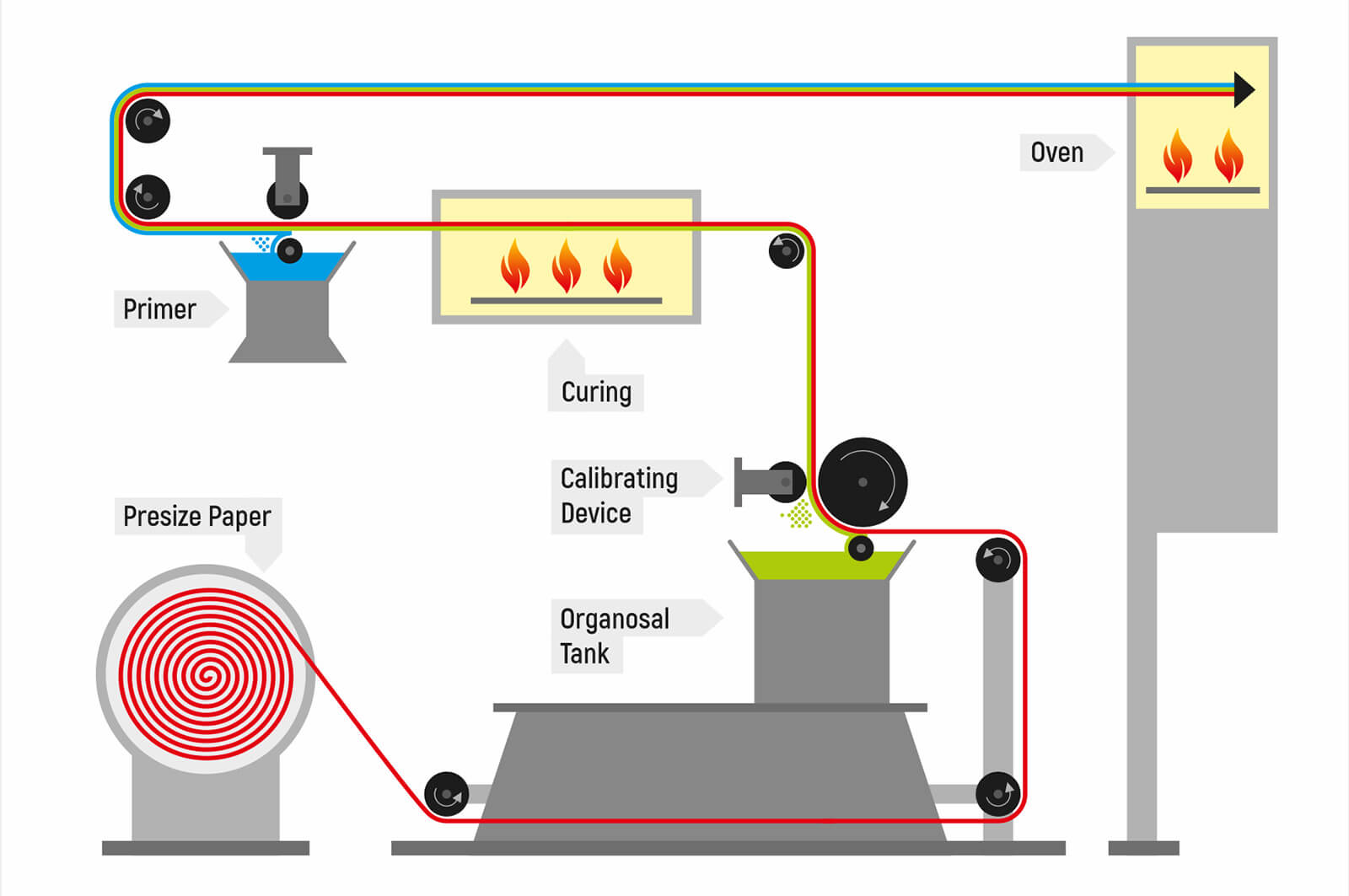
Cast technology is the key to achieving the ultimate quality. With this technology, PVC is poured into a liquid form on paper, moving at high speed. The combination of paper and liquid PVC polymerizes. At the exit of the oven, the paper is separated from the foil and it goes for additional application of adhesive and silicone release liner. This technology is extremely complex and precise and few companies can afford to produce such materials. The created high quality is the reason for the higher price.
2.1 Advantages of cast technology
With cast technology, a thin vinyl is obtained – 35 – 50 microns. It does not contain internal tension, is flexible, and has no shrinkage. Cast vinyl is the only possible PVC vinyl for cover deep 3D surfaces. Due to the lack of shrinkage, it can be stretched up to 150% of its size without creating internal effort (physical memory) in the material.
2.2 The standard for car wrapping
All over the world, cast technology is a standard for a complete wrap of all types of vehicles – cars, trucks, buses, trains, even bicycles. An obligatory condition for a quality product is the use of respective cast laminates.
Recently become popular full car wrapping: motorcycles, etc. It had been manufactured vinyl with unique colors, textures, and even imitation of chrome (silver). This would not have been possible without cast technology.

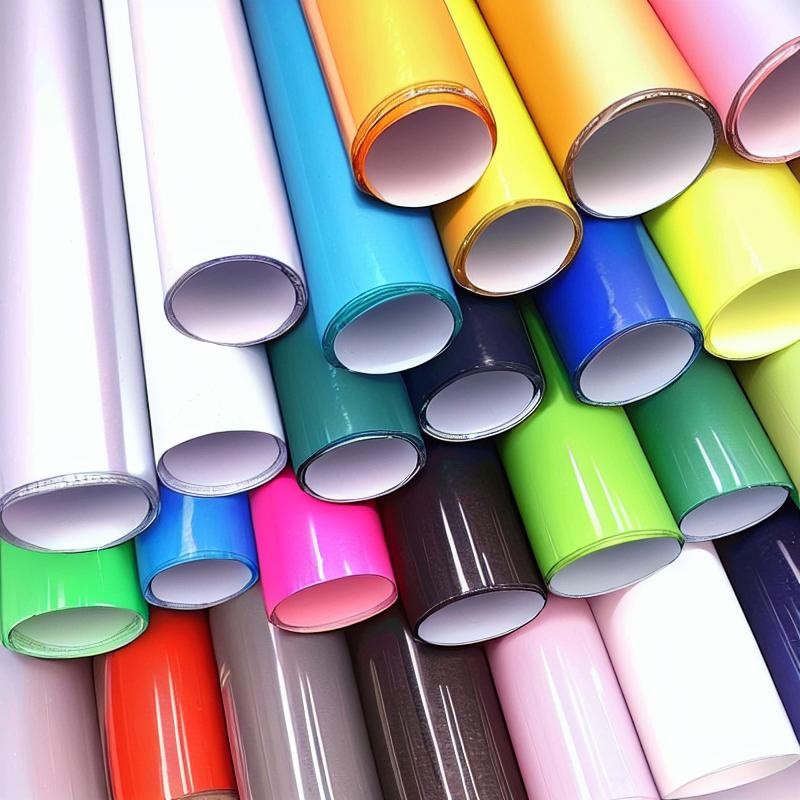
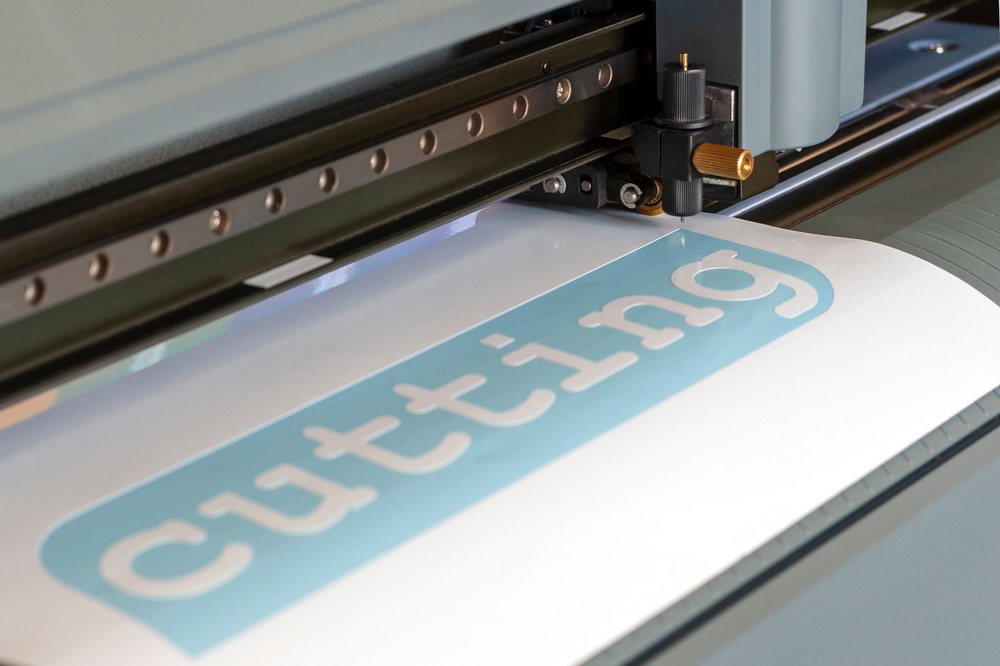
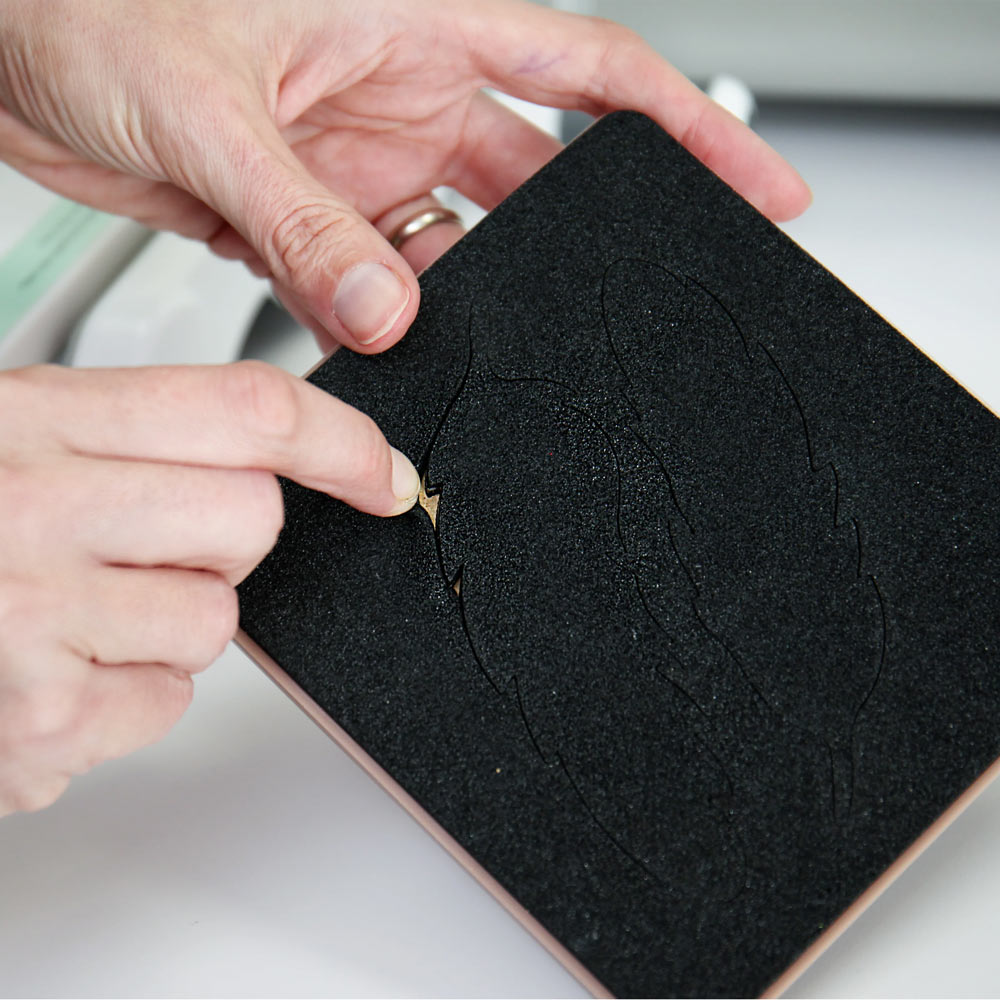
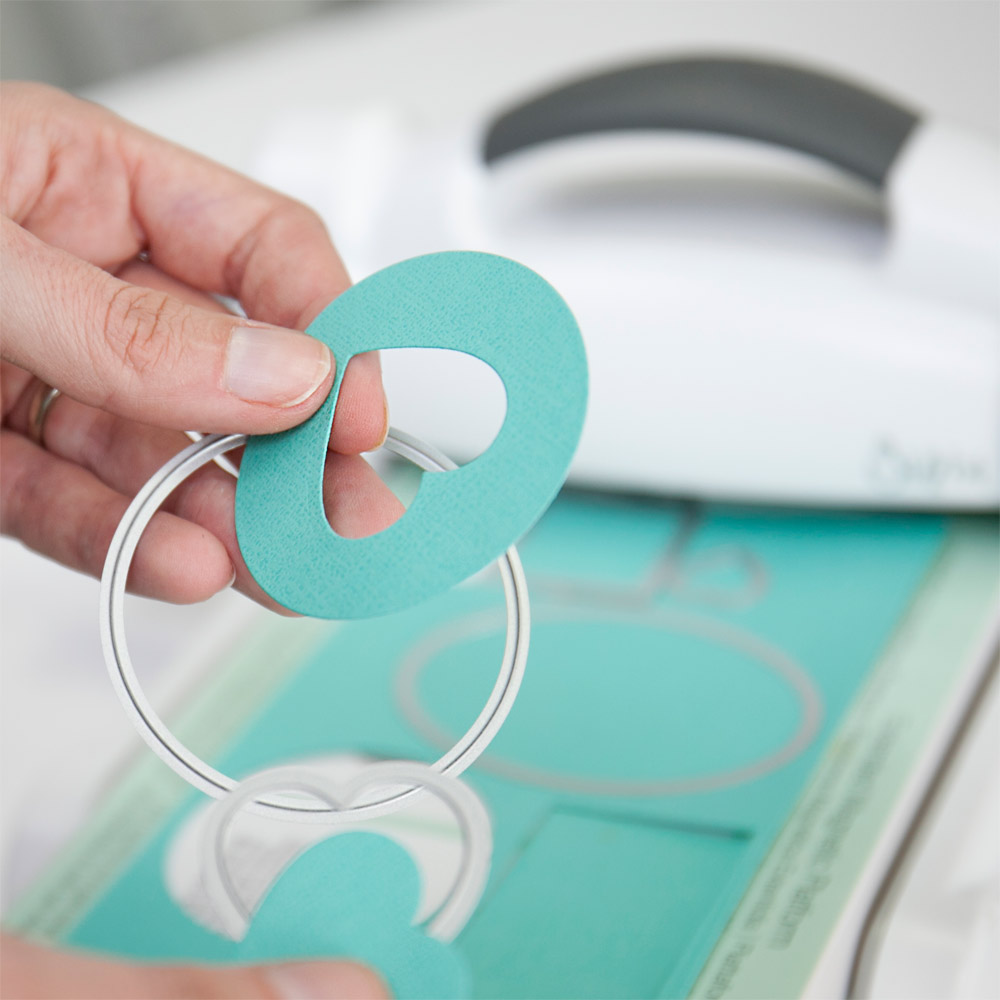
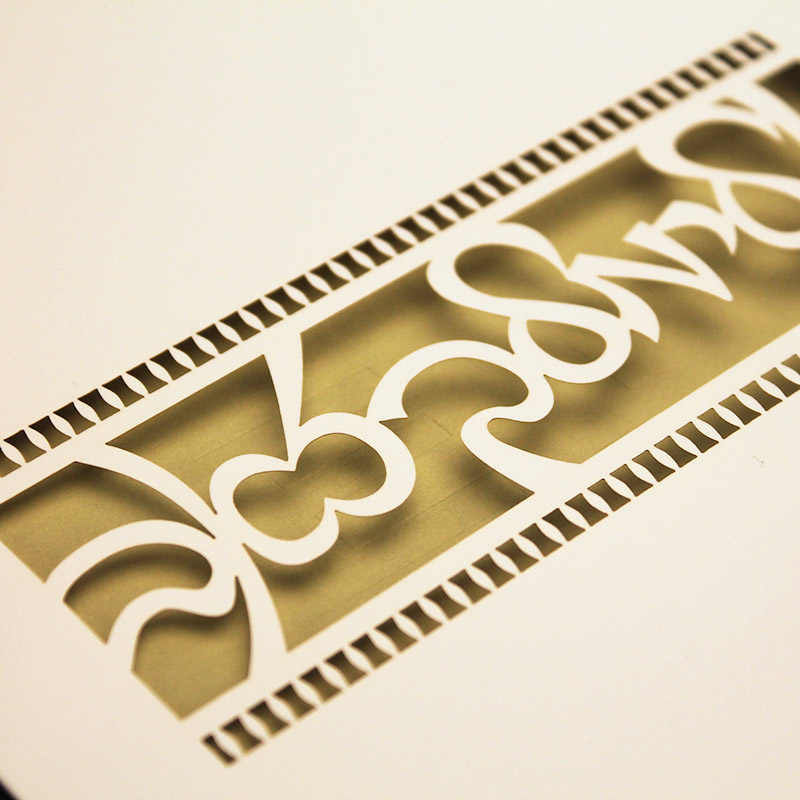

 China Import and Export Fair
China Import and Export Fair Focus On Products
Focus On Products